How a dysfunctional mission in the Caribbean became 'the pivotal point' for the creation of US Special Operations Command

In October 1983, US troops invaded Grenada, a small island in the Caribbean.
While it was an overall success, the operation had missteps that lead to failures and casualties.
Those problems helped spur the creation of US Special Operations Command several years later.
Today, the US special-operations community operates like a well-oiled machine, rescuing hostages and taking down terrorist leaders whenever and wherever needed. To get to that level of capability, America's commandos have had to make mistakes and learn bloody lessons.
The pivotal point for their development came during a mission in the Caribbean nearly 40 years ago, when competing commands and conflicting priorities created disarray on the ground and prompted significant change in the way the US special-operations forces were organized and led.
Operation Urgent Fury
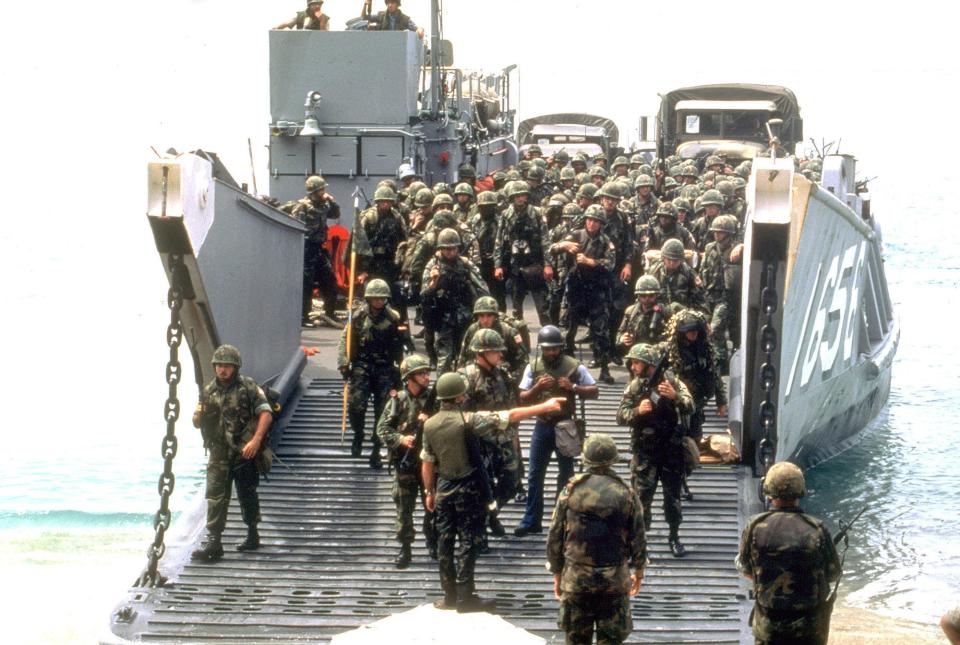
The 1980s were a transitional period for the US special-operations community. In April 1980, an operation to rescue US hostages in Tehran, known as Operation Eagle Claw, had failed, leaving several US troops dead.
Eagle Claw went awry for several reasons, including an overly complex plan and poor coordination between units that had little experience working together, but it pushed the Pentagon to create Joint Special Operations Command in December 1980.
JSOC brought the top special-operations units, including Delta Force and SEAL Team 6, under one roof. Three years later, JSOC faced one of its first major challenges.
In September 1983, turmoil within the communist government of Grenada, including the killing of the prime minister by a rival faction, alarmed the Reagan administration, which was already concerned about Grenada's relations with Cuba and the Soviet Union.
Claiming a need to protect some 600 American medical students on the island, the US military intervened in October, launching Operation Urgent Fury alongside security forces from several Caribbean nations. According to Maj. Gen. Richard Scholtes, the first commander of Joint Special Operations Command, US military officers involved in the planning soon butted heads.
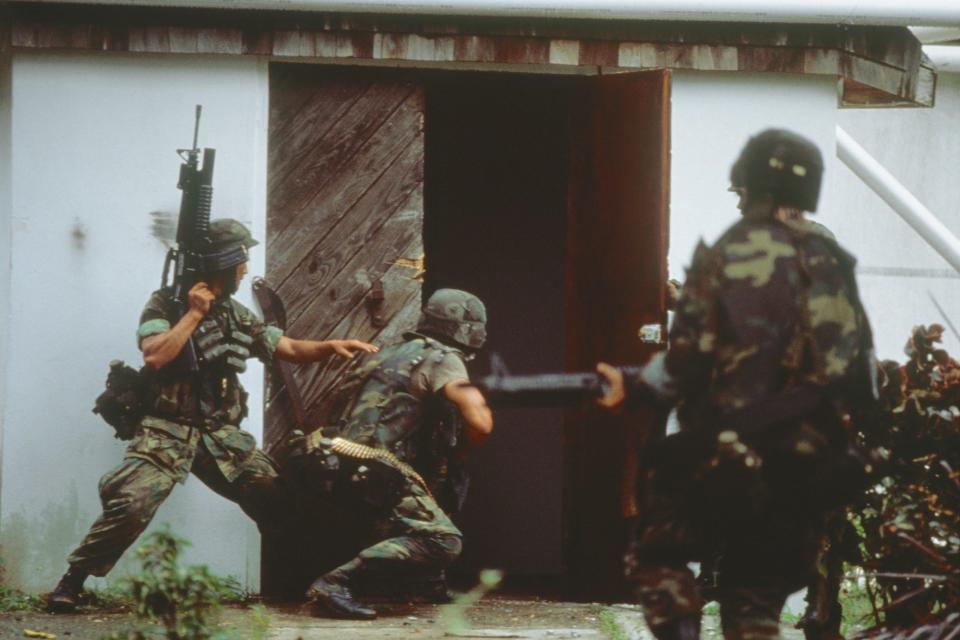
In mid-October, the leaders of US Atlantic Command and JSOC were both tasked with developing plans to invade the island and capture key targets, setting the stage for future disagreements. (The Pentagon eventually assigned Atlantic Command to lead the operation.)
The operation was soon expanded to include the US Marine Corps, which required a shuffling of units and their assigned targets.
According to Scholtes, other factors complicated the planning. The CIA was unable to determine if an under-construction runway on the island was long enough to support US military aircraft. The State Department also insisted that political prisoners held at Richmond Hill Prison be freed, adding a difficult assault mission to JSOC's list.
The US special-operations side of the operation began tragically when four members of the elite SEAL Team 6 drowned in heavy seas while trying to conduct a reconnaissance mission on the under-construction runway two days before the main invasion kicked off on October 25.
The invasion itself began with a misstep, with all of the assault forces arriving "separately, late, and in the most undesirable order," Philip Kukielski, author of "The US Invasion of Grenada: Legacy of a Flawed Victory," wrote in a recent issue of the Air Commando Journal.
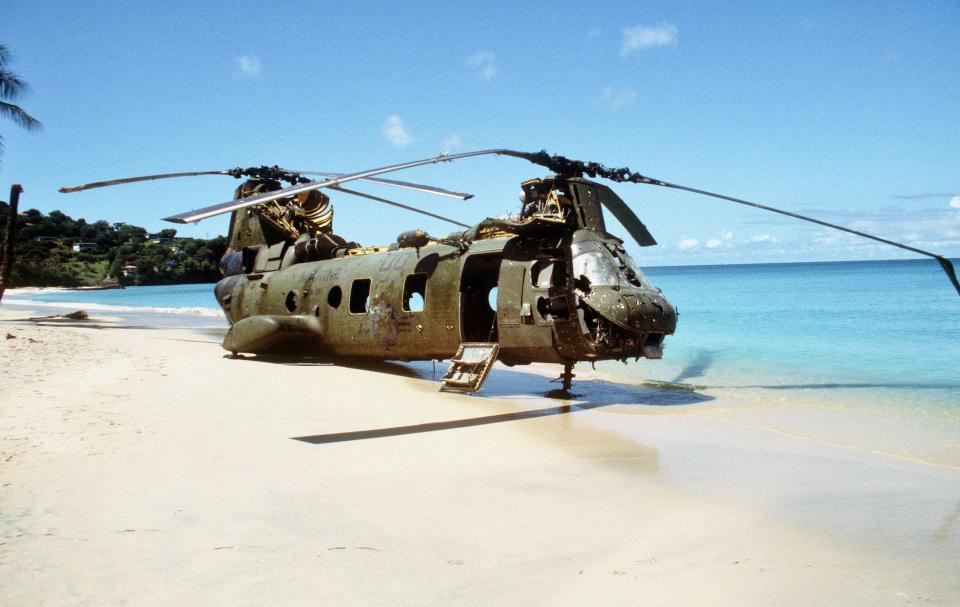
Early on October 25, Rangers from the 1st and 2nd Ranger Battalions captured Porto Salines International Airport with a combat jump under heavy fire. Meanwhile, frogmen from SEAL Team 4 captured the smaller Pearls airport and held it until they were relieved by Marines.
A task force of Delta Force operators, Rangers, and helicopters from the elite 160th Special Operations Aviation Regiment also attacked Fort Rupert and Richmond Hill Prison. In Fort Rupert, US commandos captured several members of the island's leadership, but the attempt to release political prisoners at Richmond Hill prison failed after the task force encountered extremely heavy fire from the ground.
SEAL Team 6 operators captured the Radio Free Grenada station but soon came under assault from Grenadian forces in armored vehicles. The SEALs retreated to the sea and were eventually picked up by US ships. Another SEAL Team 6 element tried to rescue Paul Scoon, Grenada's governor-general, from his mansion but was pinned down by Grenadian mechanized infantry for over 24 hours before Marines relieved them.
Although US forces successfully completed Operation Urgent Fury in four days, the US special-operations units involved faced many difficulties. The lack of credible intelligence and poor cooperation between units caused casualties and failures.
US special-operations troops took "a disproportionate number" of the casualties, according to Kukielski, and Scholtes later wrote that the mission "came so very close to being a complete disaster."
From Grenada to SOCOM
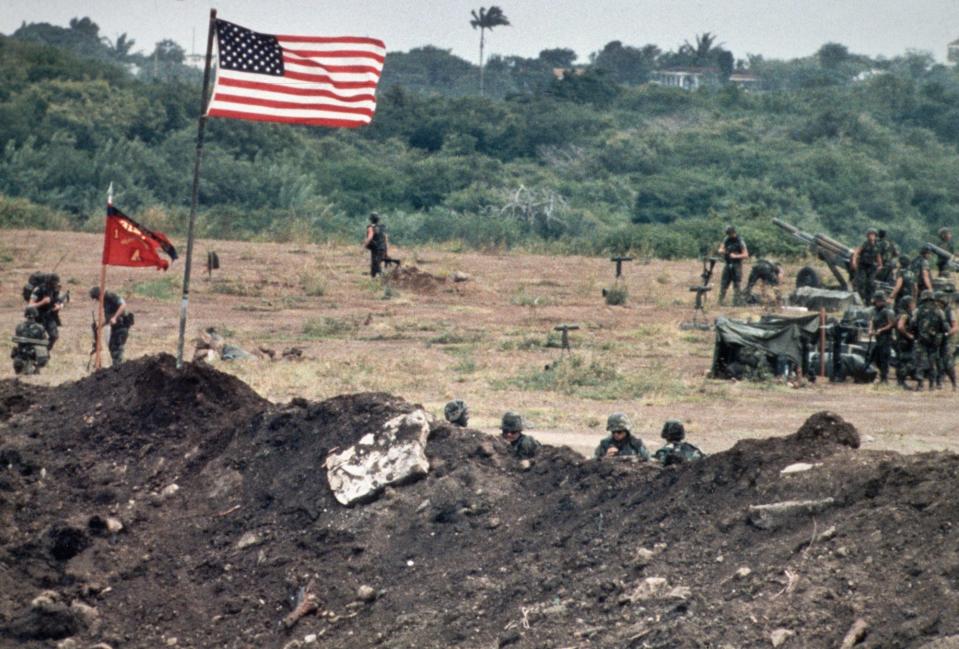
Urgent Fury was pulled into a debate about the organization of the Pentagon that had begun long before US troops landed in Grenada.
Spurred on by testimony from Scholtes in 1986, lawmakers created US Special Operations Command as a new unified combatant command, led by a four-star commander, to bring the special-operations community together and elevate its status within the Pentagon.
Formally established in 1987, SOCOM, which now oversees JSOC, has been central to many US military operations, but its formation wasn't a given. The Pentagon was lobbying hard against it.
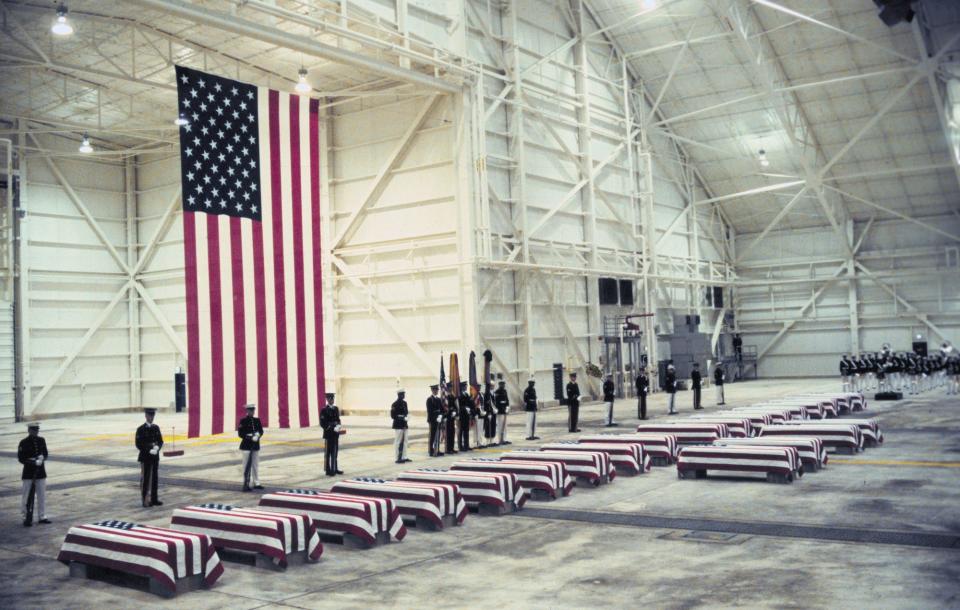
"The Pentagon was waging a frontal and rear assault in opposition to the creation of a special operations command," William Cohen said in the mid-2000s, according to Kukielski's article.
Cohen, a senator at the time who later served secretary of defense, was a namesake of the Nunn-Cohen Amendment that brought SOCOM to life.
Without Scholtes' testimony, SOCOM "might not have happened, or we might have created a command with only two or three stars," Cohen added. "Once he testified on what took place in Grenada — that was the pivotal point."
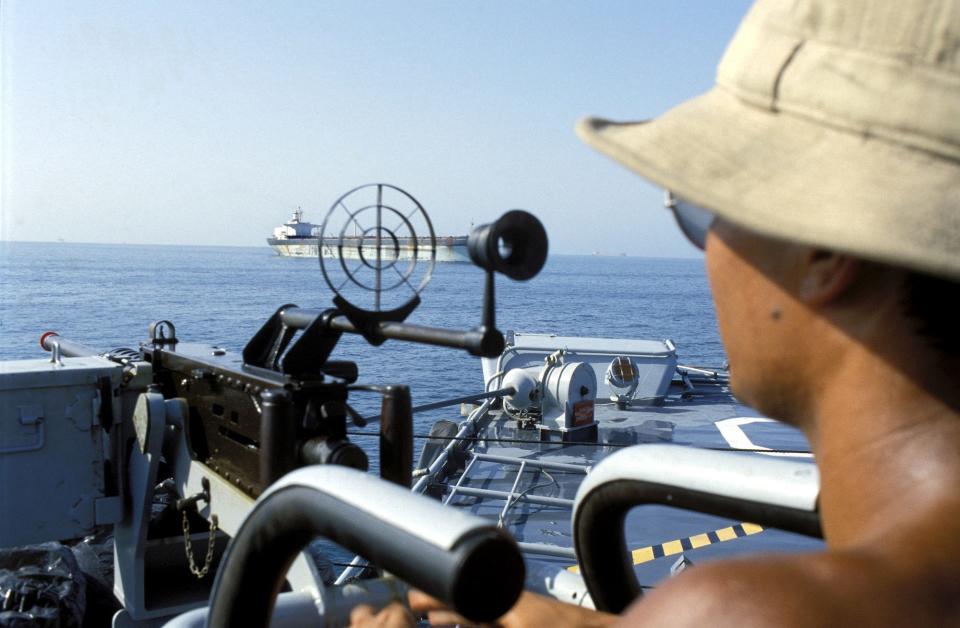
SOCOM was put to the test for the first time in 1987, when SEALs, Naval Special Warfare Combatant-Craft crewmen, and the Night Stalkers of the 160th SOAR began Operation Prime Chance.
For nearly two years, the American commandos worked to keep Iranian forces from interrupting the movement of oil tankers through the Persian Gulf. The operation was a success and much-needed proof that the military's different special-operations tribes could play together.
Today, the US special-operations community is arguably the most capable in the world. Its rise to the top hasn't been easy, but the lessons learned in Grenada and the operations since then have made it better and more effective.
Stavros Atlamazoglou is a defense journalist specializing in special operations, a Hellenic Army veteran (national service with the 575th Marine Battalion and Army HQ), and a Johns Hopkins University graduate. He is working toward a master's degree in strategy and cybersecurity at Johns Hopkins' School of Advanced International Studies.
Read the original article on Business Insider

